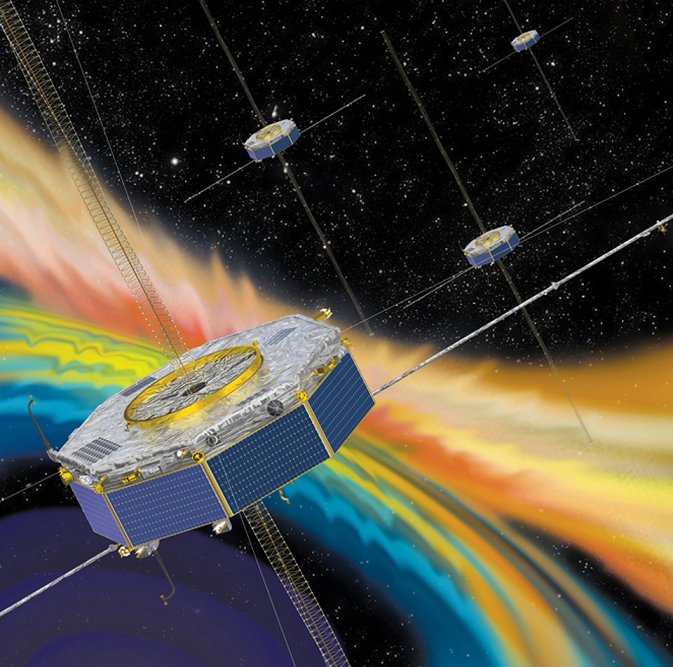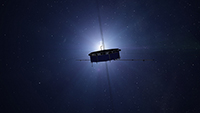KTH scientists ready for NASA launch
10 years in the works, project brings pair to Cape Canaveral

Space
As most of Sweden sleeps tomorrow night, two KTH scientists will be in Cape Canaveral watching NASA launch four spacecraft loaded with instruments they and their team created. The mission is to study the fundamental ways in which energy and material are transferred throughout the universe.
"It's quite exciting," says Per-Arne Lindqvist, research scientist at Space and Plasma Physics at KTH, as the hours count down to the launch of NASA's Magnetospheric Multiscale (MMS) Mission , which will place four unmanned observatories into Earth's orbit.
He and his colleague, Professor Göran Marklund, are in Florida, attending scientific meetings before they travel to Cape Canaveral to watch the blast-off at 10:44 p.m. EDT Thursday (which is 3:44 a.m. Friday in Sweden).
Last week Lindqvist performed the final transmission of real-time test data from the spacecraft, already encapsulated in the nose of the Atlas V 421 rocket that will carry it up into space. "Our next contact will be the second day after launch."
The scientists are responsible for electric field measuring probes that are installed on each of four observatories. These four spinning octagonal-shaped vehicles are each about 3.3 m in diameter, and about 1.2 m in height. Each is equipped with four titanium nitride coated spherical sensors that will extend from the spacecraft on 60 m long retractable wires. A prototype of the wire boom deployment system, which resembles a fishing reel, was engineered at KTH.
Each spacecraft is also equipped with two 12.5 m axial booms that hold cylindrical sensors. All the electric field sensors (four radial and two axial on each spacecraft) are controlled by electronics that were produced at KTH.
These probes will take measurements that are central to the mission's investigation into how the Sun’s and Earth’s magnetic fields connect and disconnect. The process, known as magnetic reconnection, is involved in massive eruptions on the Sun, such as solar flares or coronal mass ejections. Reconnection is fundamental in the transfer of energy from the solar wind into planetary magnetospheres, powering the aurora on Earth and other planets.
"In simple terms, reconnection is a process in which energy is transferred between magnetic fields and particles," Marklund says. "Magnetic field lines are like rubber bands. They store energy fed into the magnetosphere, and flip back and transfer the energy stored in the magnetic field to particles."
"By using Earth's magnetosphere as a laboratory," Marklund says, "scientists can begin to understand the flow of energy and charged particles from the sun, in space and throughout the entire universe."
In an elliptical orbit that ranges between 1,300 km and 70,000 km above Earth's surface, the four spacecraft will fly in a pyramid-type formation, to enable observation of the three-dimensional structure of reconnection. The mission is scheduled to continue for two years, but Lindqvist and Marklund say that the instruments will probably function long after that, in which case the observations and collection of data will continue.
Lindqvist says that 27 days after the launch, he will travel to the MMS mission's Science Operations Center (SOC) at Colorado University in Boulder, where he will participate in a process of commissioning all of the scientific instruments on the four spacecraft. This part of the mission is expected to last four weeks.
By summer's end, the collection and analysis of data will be ready to begin.
David Callahan
